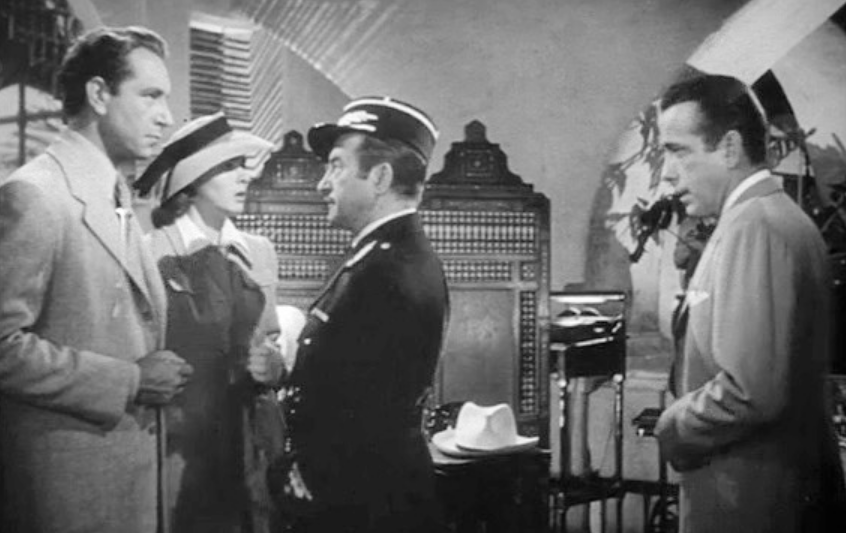We curate animated, documentary, and live action shorts for your viewing pleasure.
Awards season is always a great time to catch up on the films you missed from the past year. As you watch some movies in the lead-up to (or in the days after) this year’s Academy Awards, be sure to mix some short films into your viewing diet. The beauty of the short film (if you accept such distinctions) is that they make for perfect double or triple features. Pair one with a feature film, and you will see that many are just as good, if not better, than the big ones that get all the attention. Or, string a few together and have yourself an evening full of wonderfully different works.
Here are eight great Oscar-nominated shorts from 2023. And to get you started on curating your own double features, the selections below are grouped in twos. If you want to watch the films from home, we have included information on how to stream them. Or, if you want to see them on the big screen, check and see if they are playing in a theater near you via ShortsTV.
Changing Climates
Two of the year’s best short films deal with the implications of our changing climate. They employ beautiful images as a way to convey the ongoing devastation of global warming. Such films linger in one’s mind and serve as a reminder of the need to protect what is left of the world we still have.
Ice Merchants (Portugal, United Kingdom, France)
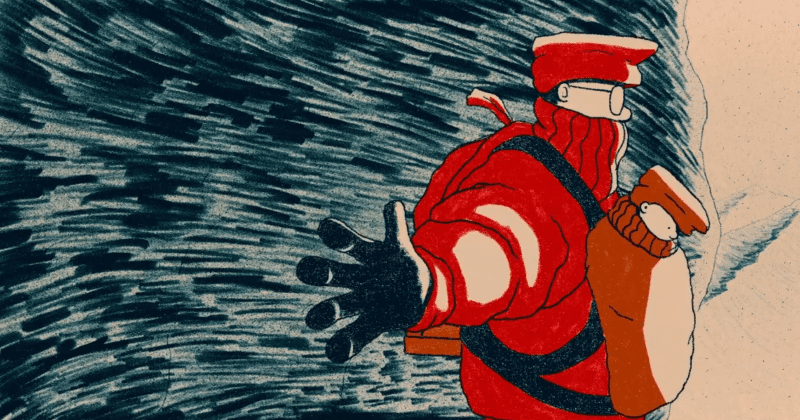
In the animated category, there is Ice Merchants, written and directed by João Gonzalez. The tale centers on a father and son who live alone in a cozy house that hangs suspended from the side of an icy mountain. Each day, they parachute down from the mountain into the town and sell ice. But one day, the ice begins to melt. The world they knew begins to slip away.
Gonzalez’s film captures the beauty of the everyday. Like the shape of the natural world. But we also witness the routine of a father and son and how that repetition strengthens the bonds between them; their rituals keep them together. They survive for and with one another. The implications of this film are devastating. Even the hardest-working, most loving people will not be spared by the capricious changes of the natural world. This reminder is made all the more powerful by the rich style of the animation. Beauty, we are shown, can end so quickly.
Haulout (United Kingdom)
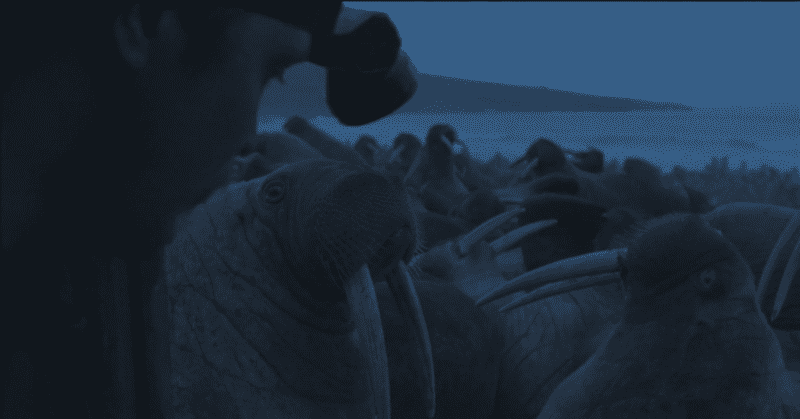
We experience something similar in Maxim Arbugaev and Evgenia Arbugaeva’s documentary, Haulout. The 25-minute film features marine biologist Maxim Chakilev, who studies walruses in Chukotka, located in northeast Russia. The film’s title refers to the period in which such animals are on land in between periods of looking for food. Due to rising temperatures and melting ice, the period during which walruses must be on land is increasing, thus leading to denser gathering areas and an increased likelihood of stampedes and other dangerous conditions.
Chakilev speaks very little in the film. Instead, we experience the world — and thus the lives of the walruses — just as he does. Brilliantly, the filmmakers leave the context outlined above until the end of the film. This is a film driven by the senses; of seeing, hearing, and then understanding the climate violence inflicted on these animals. It is a brutal film with a one-two punch: its gorgeous images and their horrific implications.
Stream Ice Merchants and Haulout via The New Yorker.
Chance Encounters
Run-ins with strangers feature as the theme of our next pairing. Hilarious and dark in their own way, each of these films features a woman/young woman who embarks on a journey of self-discovery. Their different visual and narrative approaches give all the more reason to have a look at them together.
Night Ride (Norway)

The film begins with Ebba (Sigrid Kandal Husjord) waiting for the tram on a cold night. When the driver refuses to let Ebba wait in the warm tram as he takes his break, she decides to take matters into her own hands. She makes her way onto the tram and begins pushing buttons to turn the heat on. To her surprise, Ebba sets the tram in motion and thus begins a night ride she will not soon forget. As she set on the route, picking up passengers along the way, she meets Ariel (Ola Hoemsnes Sandum). A group of men begin sexually harassing Ariel. Once they realize she is a trans woman, they become violent. Ebba finds herself in a difficult situation: will she do nothing and keep driving the tram, or confront the men and put herself in physical danger?
Director Eirik Tveiten fits so much into the sixteen minutes of Night Ride. It is as precise a film as you will find. It couples a funny premise with a horrific scenario that reflects much of the violence directed at trans people in our current society. The film strikes a fine tonal balance in delivering its message on the need to stand up in the face of hate, with a few tender and funny moments.
My Year of Dicks (USA)
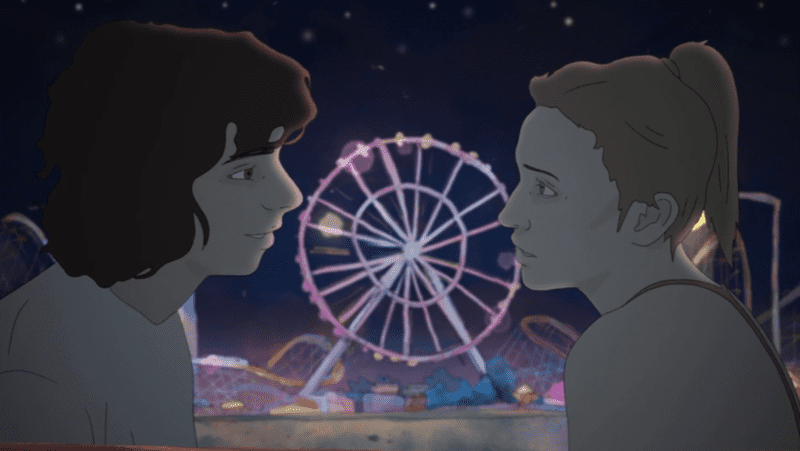
In the self-described “retro-romantic-comedy” My Year of Dicks, screenwriter Pamela Ribon adapts her 2014 memoir, Notes to Boys: And Other Things I Shouldn’t Share in Public, into an animated short brimming with truth about trying to lose one’s virginity at age 15. With superb direction from Sara Gunnarsdóttir, the film follows Pam (Brie Tilton), as she does everything she can to have sex with various men, including a skateboarder, a guy who works at the movie theater, and, she learns later, a white supremacist.
The film finds a degree of universality in this highly personal tale. Structured as a voiceover reflection, the film, at its core, is about memory; nostalgia for one’s youth, and the mistakes that were made and narrowly avoided. With the feel of a graphic novel, the film is as easy to look at as it is to find humor in the brutally honest depiction of puberty it brings to the screen. It is through a string of shitty interactions with strange, new men that Pam ultimately comes to realizes things about herself during one of the most turbulent times of her life.
Stream Night Ride via The New Yorker. Stream My Year of Dicks via Vimeo.
American Stories
Up next are two documentaries that deal with the fallout from two of the most significant periods in American history: the Watergate Scandal of the 1970s and the rise of Islamophobia following the 9/11 attacks and subsequent wars. One of these works features a Washington insider. The other a marine suffering from PTSD in Indiana. Each has their worldview upended in the wake of these events and comes out a changed person on the other side.
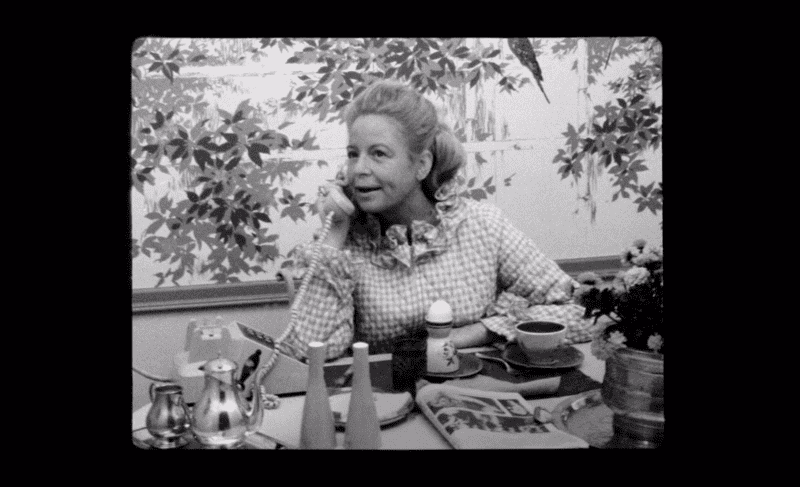
The Martha Mitchell Effect (USA)
Directors Anne Alvergue and Debra McClutchy tell the story of Martha Mitchell, the woman who former President Richard Nixon cited as the cause for his downfall in the wake of the Watergate Scandal. Martha, who was married to John Mitchell, the former Attorney General of the United States and the manager of Nixon’s re-election campaign, was one of the first insiders to speak publicly about the president’s role in the break-ins. Unlike most of the sycophants who surrounded Nixon, she spoke her mind and the truth: the break-ins were wrong and Nixon was responsible. Her willingness to speak with the press led a group of Nixon henchmen to keep her prisoner in her own hotel room so that she would not share what she knew. Though at first ridiculed by the press for her stories about Nixon’s involvement in Watergate, she wound up entirely vindicated in the following years.
The documentary tells the story of Mitchell’s life and role in the Watergate Scandal. But the film smartly makes the story about so much more: how the media and people in power abuse and selectively believe women. How women speaking out and being believed can change the course of history. And, above all, how people can change. Martha’s mistreatment became so famous, that it is now the namesake for similar occurrences. When a patient tells the truth but is misdiagnosed by a doctor as delusional, is now known as the Martha Mitchell Effect. In the absurd era in which we live, it is an important reminder not to let people in power play the absurdity card. Those in power will do anything they can to keep it. And we must always be open to the facts, no matter how outlandish they may at first seem.

Stranger at the Gate (USA)
Contemporary documentaries are obsessed with talking heads. They are used too often, too lazily, and, frankly, are often uncinematic bores. Happily, Stranger at the Gate is a welcome exception. The film from director Joshua Seftel showcases just how to use on-camera interviews to achieve maximum effect. This is a moving, honest tale about a former Marine, Mac McKinney, who suffered from PTSD and planned to plant a bomb at a local mosque. Instead, a religious experience led him to find community at the mosque. As his daughter says at the begging of the documentary, when she tells people this story, they often do not believe her.
Seftel tells McKinney’s story and those of the Muslims who live and worship in Muncie, Indiana, with particular care. The film makes clear that what happened is the exception, not the rule. Islamophobia, white supremacy, and other forms of hate are very much facts of contemporary life. This important distinction can, in part, be attributed to the film’s focus. Rather than make grand claims or get lost in trying to add unneeded context, this is a story mostly about a single man and a single community. The interviews serve only to reinforce this personal dimension. Content comes to dictate form. And through the narrative, we come to think about the greater picture. In this case, less is certainly more.
Stream The Martha Mitchell Effect via Netflix. Stream Stranger at the Gate via The New Yorker.
Two More
Alright, so I don’t really have a theme for this one. But they are both compelling works that are well worth your time. Maybe the theme could be our beautiful world?
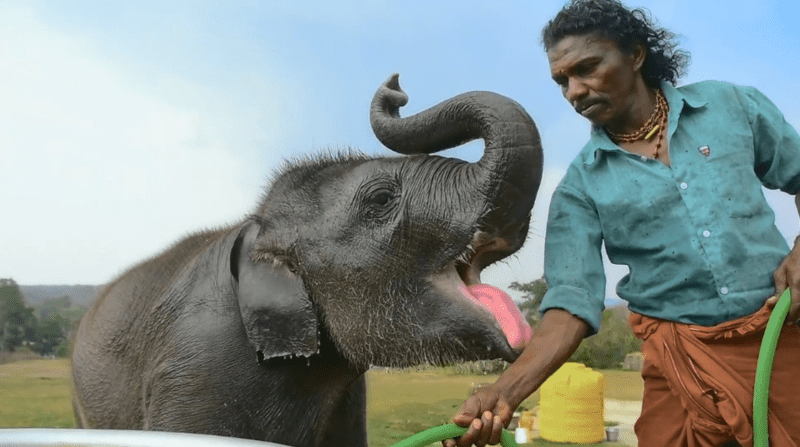
The Elephant Whisperers (India)
Humanity’s symbiotic relationship with nature features as the subject of The Elephant Whisperers, a compelling documentary by director Kartiki Gonsalves. The film follows Bomman and Bellie, a couple who live in South India. They care for an orphaned baby elephant, Raghu. Through a mix of stories about faith, personal loss, and changing climates, this is a beautiful portrait of how humans and animals care for one another.
The film’s cinematography stands out. There are shots that could be out of a wildlife special. And other, more intimate moments that nearly seem staged. We get to live up close with this family. We see how everyday moments, fleeting encounters, have a special beauty. What lingers in my mind are images of the family working. We see their labor. See their commitment to passing on traditions. And their invaluable work in caring for each other and the world around them.

The Flying Sailor (Canada)
From writer-directors Amanda Forbis and Wendy Tilby comes an animated tale based on a shockingly true story. The Flying Sailor takes place in 1917, just after two shipping vessels collided in Halifax, Nova Scotia. The ships were headed to the war in Europe. One of them carried hundreds of tons of explosives. Nearly two thousand people were killed. This film tells the story of a man who survived that explosion. While the exact details may be embellished, the story remains true. He was launched into the air. He narrowly avoided debris. And, in what could be described as a miracle, he landed safely.
This short is a beautiful reimagining of that moment. A sailor’s body twists and turns through the air. He travels up through the atmosphere before returning back down to earth. Time ebbs and flows. The film is a powerful meditation on the time and space our bodies occupy in the world in which we live. Who knows what forces control the world if any at all. The Flying Sailor is a hypnotic, visceral work of mind and body.
Stream The Elephant Whisperers via Netflix. Stream The Flying Sailor via The New Yorker.
Related Topics: Academy Awards

Recommended Reading








